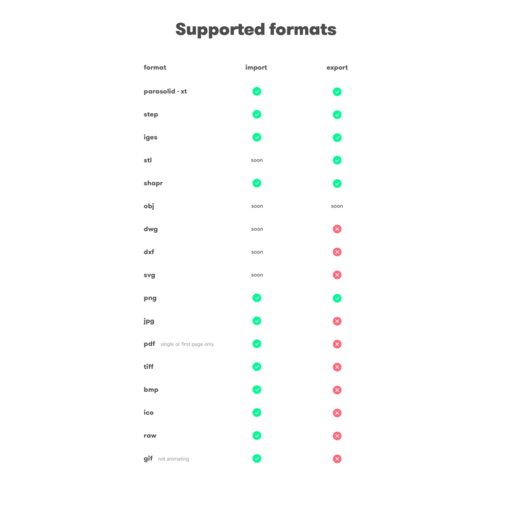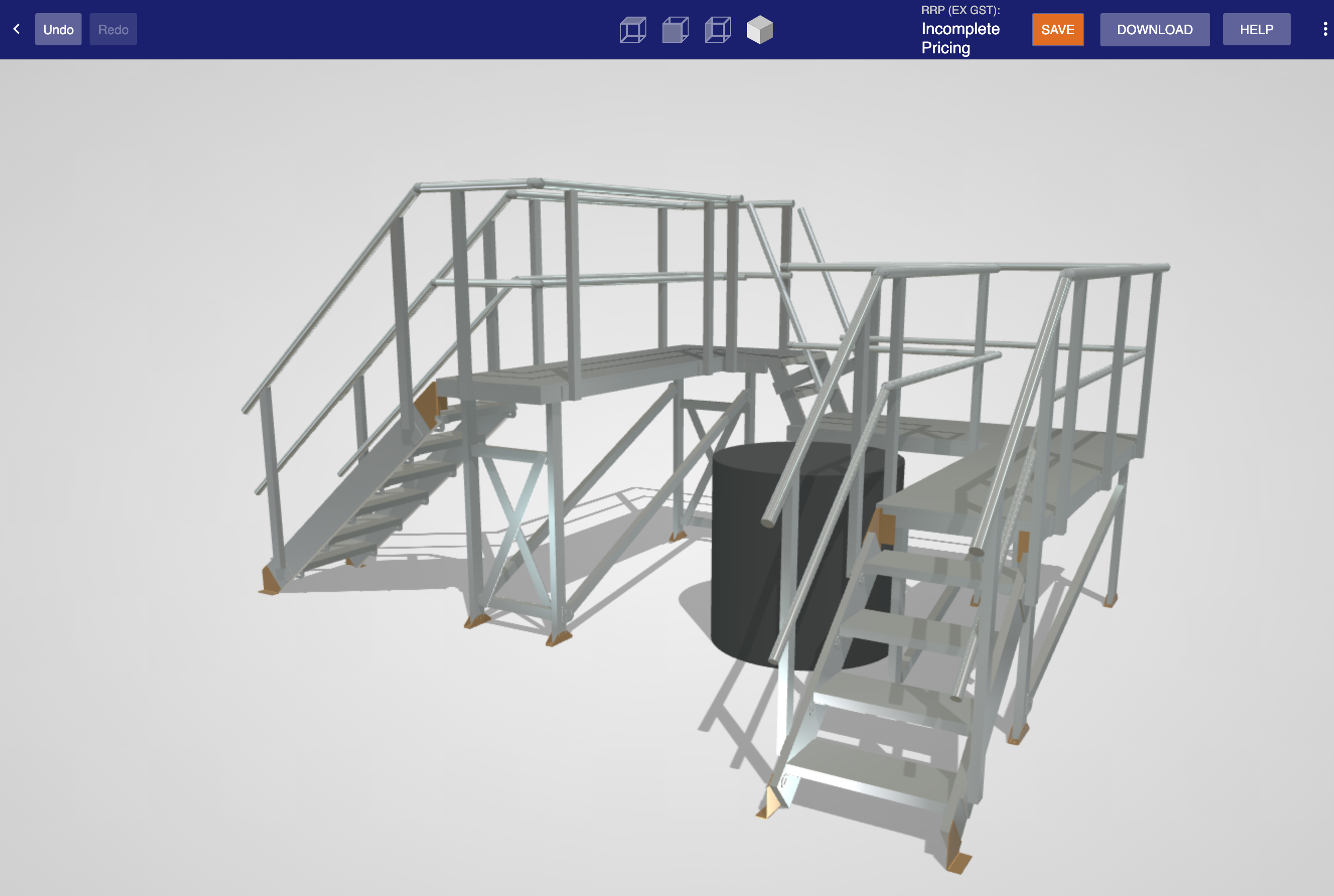

So lots of different use cases might be applicable for you.

But just as importantly, they’re probably not going to be able to invest continuous time over the long term in learning and maintaining their knowledge with a CAD application. They want to get up to speed very quickly. There are all sorts of people like that in the company that may need to model simple things in 3D. If you have folks that are on your shop floor that maybe are designing jigs and fixtures, this is a tool that you can find more accessible than maybe a full-blown CAD application. If you have CAD users split out from engineers, this could be used by engineers fairly quickly and easily. A tool like this and making it accessible to a wide variety of users. But in the world where 3D modeling is going to a model-based definition where the 3D models is used as the central source of truth. They’re going to be adding that in the near future. They don’t have documentation capabilities in terms of creating drawings and that type of thing out there right now. So this is really meant to be 3D modeling first.

They use continuous integration, which is another development approach that supports that as well. They capture a lot of those tests through a large automated test suite. This forces them to make sure it is a usable UI and that it is intuitive and natural in terms of its interaction. For any new capabilities that they want to put into Shapr3D, they have to have five successful live user tests before those features go in to the app. They have 10 live tests of that prototype per week. On a weekly basis, they have a new prototype. They really focused on creating a polished UI. The thing that I guess surprised me and makes me think this might be a little bit different is their development and deployment capabilities. Shapr3D Development and Deployment Capabilities It is an app that you download onto your iPad Pro. It uses a D-Cubed for constraint management for sketches and even with the direct modeling capabilities that it has. This means it uses Parasolid’s modeling kernel. The other thing is that it uses the Siemens stack. It shows you the simple capabilities first and exposes advanced stuff through multi-touch gestures, which is a fairly efficient way to get up to speed and actually be efficient with the tool itself.

But it has an extremely short learning curve because it uses a very different interface. What does that mean? Today, it runs on an iPad Pro and you actually use an Apple pen with it and multi-touch gestures.


 0 kommentar(er)
0 kommentar(er)
